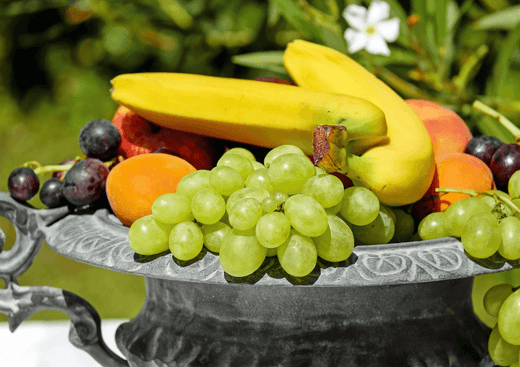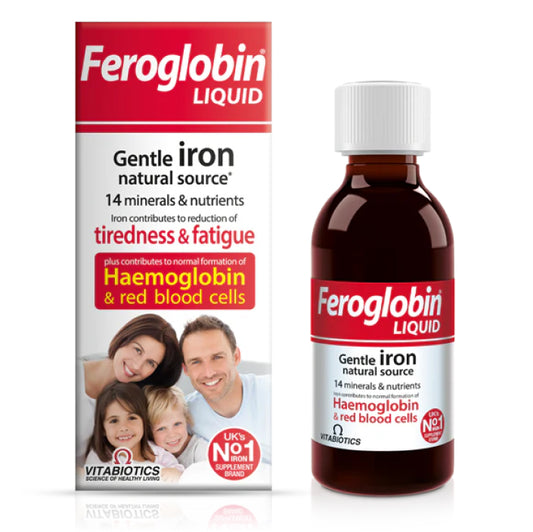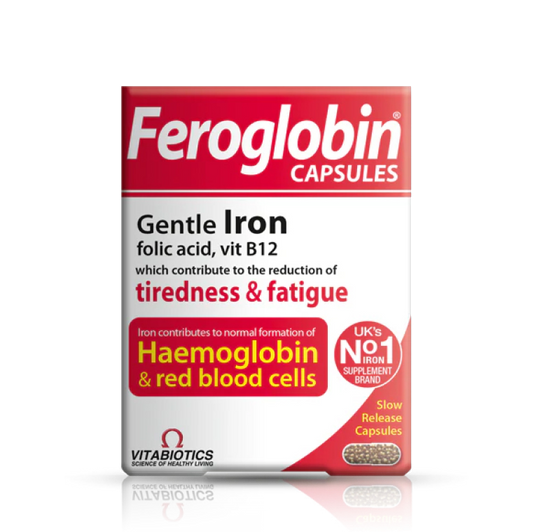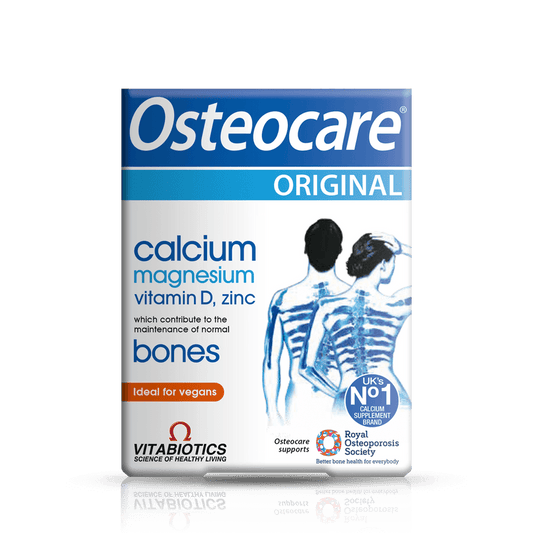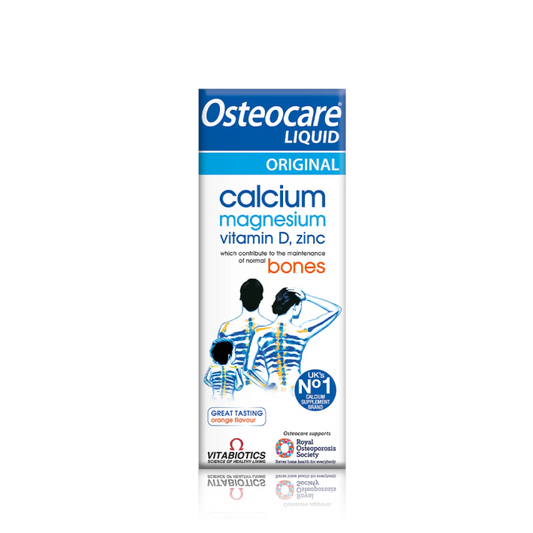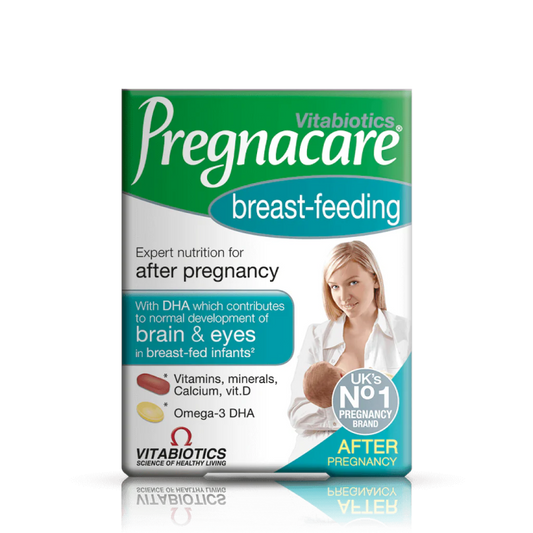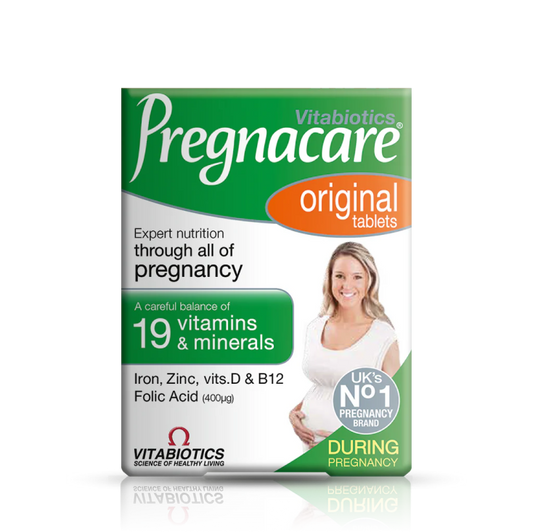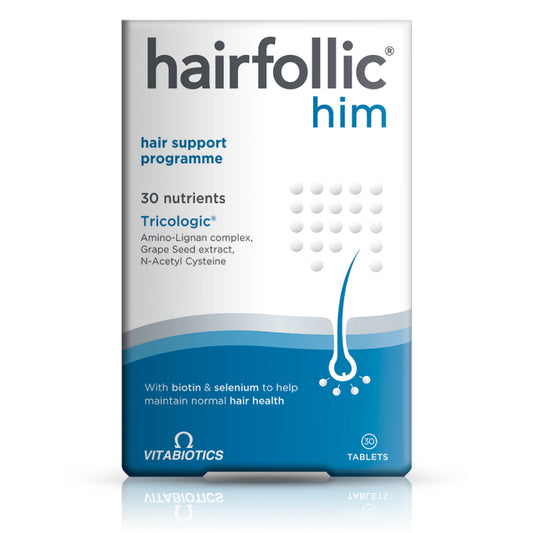What are the healthiest fruits? We reached for a study that answered this question. For many, the surprise will be double. The healthiest fruit is... a tomato. It is a fruit in the botanical sense, although in common perception it functions as a vegetable.
The study mentioned in the introduction was conducted by the Centers for Disease Control and Prevention - an American government institution whose goal is to prevent diseases. First, we should explain the methodology of the study. The CDC took into account what percentage of the daily requirement for the main vitamins and microelements (potassium, fiber, protein, calcium , iron, thiamine, riboflavin, niacin, folic acid, zinc and vitamins A, B6, B12 , C, D , E and K) is covered by a portion of a given fruit or vegetable containing 100 kilocalories. Then, the authors of the list took an average of these numbers.
Tomatoes
Tomatoes are mainly associated with lycopene and potassium. However, the list of beneficial ingredients is much longer in their case. Sticking to the methodology used by the CDC: a portion of tomatoes that has 100 kcal (435 grams) covers 19% of the daily requirement for the aforementioned potassium, 28% of the daily requirement for iron , as much as 44% of the requirement for copper. They are also an excellent source of vitamin C (113% of the daily requirement), vitamin K (37%), vitamin B6 (27%) and B5 (44%).
Strawberries
Strawberries are primarily a great source of vitamin C. A portion containing 100 kcal (314 grams) covers as much as 205% of the daily requirement for this ingredient. You will also find a lot of vitamin B6 (11% of the daily requirement in 314 grams) and B9 (19%). Strawberries are also a source of iron (16%), potassium (10%) and calcium (5%).
Oranges
In the case of oranges, we need to reach for a portion of 212 grams to obtain 100 kcal. Such a portion contains as much as 113 mg of vitamin C (125% of the daily requirement), as well as vitamin A (3%), vitamin B1 (15%), B6 (10%) and folic acid (16%). Among the minerals found in oranges, we can find potassium (384 mg, 8%), calcium (85 mg, 8%), magnesium (21 mg, 5%), iron (3%) and copper (11%). Additionally, the portion in question provides about 5 g of fiber, which is 18% of the daily requirement for this nutrient.
Lemons
It takes 500 g of lemons to get 100 kcal from them. That's why we'll use a smaller portion of 100 g in this case. You'll find a lot of vitamin C in it, of course, in a dose covering 86% of your daily requirement.) Lemons are also a good source of calcium (61 mg, 6% of your daily requirement) and iron (9%), vitamin B6 (8%).
Red and pink grapefruits
In the case of red and pink grapefruit, 100 kcal is one fruit. Of course, it offers, as is the case with citrus fruits, a wealth of vitamin C (83% of the daily requirement), a lot of vitamin A (15%) and B5 (12%). Grapefruits also contain copper (the fruit covers the daily requirement by 8%), phosphorus (6%) and magnesium (5%).
Berries
A 100-calorie serving of berries is about 175 grams of the fruit. They are rich in vitamin K, providing 28% of your daily requirement, and vitamin C, providing 19% of your daily value. Berries are also a source of manganese (26% of your daily requirement), which plays a key role in metabolism and bone health. They also contain small amounts of B vitamins, vitamin E, and minerals such as potassium, magnesium, and iron.
The healthiest dried fruits
Dried fruit is a good idea for a quick snack on the go. Just remember to reach for those that are not additionally sweetened.
Dried plums
They made it onto our list due to their high vitamin A content (half a glass covers 21% of your daily requirement) and their high fiber content (15% of your daily requirement in half a glass) and potassium content (13%).
Dried apricots
Half a cup of dried apricots covers as much as 155% of the daily requirement of vitamin A, it is also a rich source of iron (25%) and calcium (12%).
Dried figs
Figs are high in fiber - half a cup provides 27% of your daily fiber requirement. This serving also provides 15% of your daily calcium requirement, which helps support healthy bones, and 17% of your daily iron requirement. With their natural sweetness, figs can be a healthier alternative to sweets.
Dried bananas
Dried bananas are included in our list mainly due to their high potassium content - half a glass covers the daily requirement for this element by 10% and iron (the mentioned portion covers the daily requirement by 14%).
How many servings of fruit should you eat daily?
In the above list, we used portions of fruit containing 100 kcal. How many should you eat per day? In this matter, the recommendations of specialists are unchanged - our diet should include two or three portions of fruit every day. One portion is one medium-sized fruit, half a glass of frozen fruit, half a glass of fruit juice or a quarter glass of dried fruit.
Source of data on nutrients in fruits: https://www.eatthismuch.com/

